
Distributed at the level of the trunk, the inspiratory muscles are divided into main and accessory.
The main inspiratory muscles are the protagonists of the inspiratory phase of breathing at rest; the accessory inspiratory muscles, on the other hand, support the activity of the main inspiratory muscles when breathing becomes forced.
The inspiratory muscles are distributed over the trunk, mostly at the thoracic level.
Resistant to fatigue, inspiratory muscles belong to the category of striated muscles (or skeletal muscles or voluntary muscles); however, there is an important part of them that the contraction is dictated not only by voluntary "nerve activity (just like all other skeletal muscles), but also by" involuntary nerve activity (such as smooth muscles).
This is not surprising: the involuntary contraction of the inspiratory muscles is related to the predominantly unconscious nature of breathing; moreover, if this were not the case, the human being would have to continuously engage in activating the inspiratory muscles, as he does for example for the muscles that allow him to move or lift heavy objects.
The inspiratory muscles join another fundamental group of muscles involved in the respiratory process: the expiratory muscles; as the name suggests, the exhalation muscles are the breathing muscles that take part in the exhalation mechanism of air.

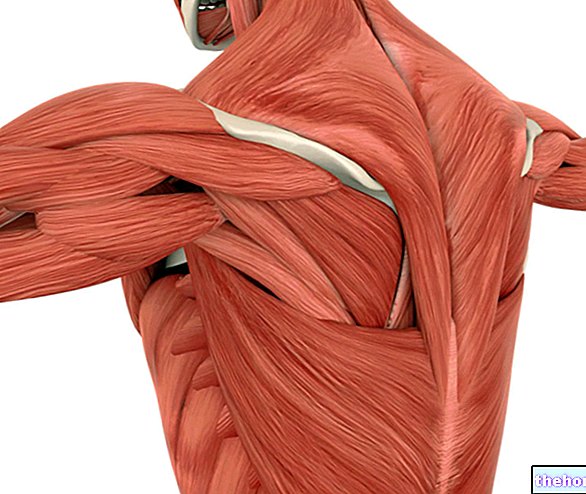
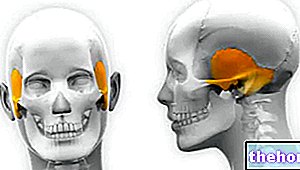
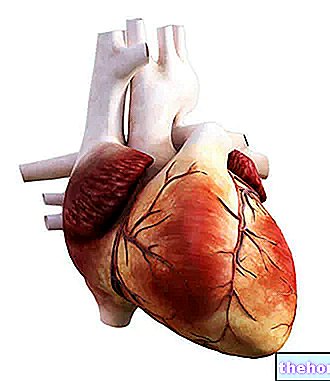
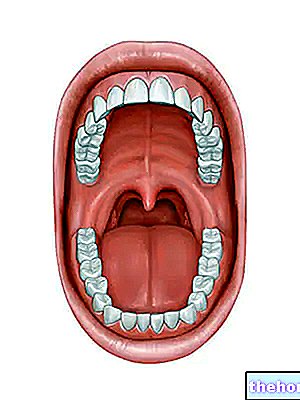

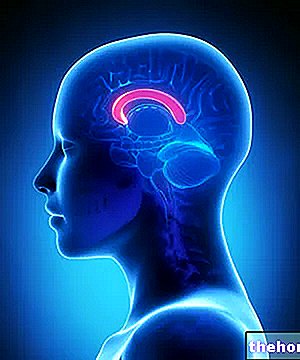









.jpg)











